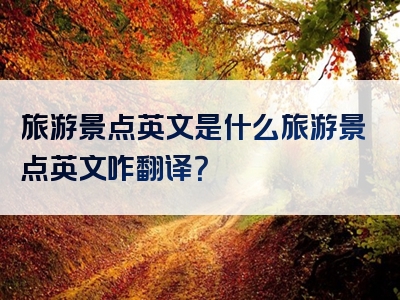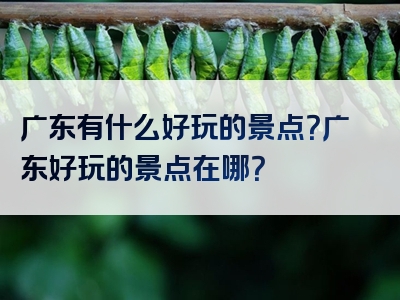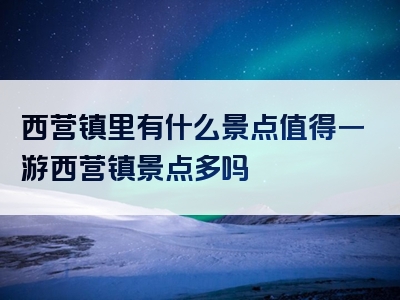旅游景点英文是什么旅游景点英文咋翻译?
When we think about traveling, we often come across the need to talk about various tourist attractions in English. So, what are the English translations for tourist attractions? How can we accurately translate them?
Common Tourist Attraction Types and Their Translations
Natural scenery is a big part of tourist attractions. For example, mountain is translated as mountain or peak, like Mount Everest - the highest peak in the world. River is river, such as the Yangtze River can be directly said as the Yangtze River or the Changjiang River in English. Lake is lake, for instance, West Lake is West Lake. These basic natural scenery names are often directly translated or use their well - known English names.
Historical buildings are also very popular tourist attractions. Palace is translated as palace, like the Forbidden City which can be translated as the Forbidden City or the Imperial Palace. Temple is temple, for example, the Temple of Heaven is directly the Temple of Heaven. When it comes to castle, it is castle, such as Edinburgh Castle in Scotland.
The Importance of Accurate Translation
Accurate translation of tourist attractions is crucial for international tourism. It helps foreign tourists to understand where they are going and what they can expect to see. If the translations are wrong or confusing, it may lead to misunderstandings and disappointments. For example, if a beautiful ancient garden is wrongly translated, tourists may not be able to fully appreciate its significance and beauty.

Moreover, accurate translations can also promote the cultural exchange between different countries. When tourists visit a place and understand the correct name and meaning of the tourist attraction, they can better understand the local culture and history behind it. It is like building a bridge between different cultures through these accurate translations.
Tips for Translating Tourist Attractions
First of all, we should respect the established translations. For some well - known tourist attractions, there are already widely recognized English translations, such as the Great Wall - the Great Wall. We should use these translations to ensure consistency.
Secondly, when translating some less - known or newly - developed tourist attractions, we need to consider both the literal meaning and the cultural connotations. We should try to find a translation that can convey the unique features and cultural charm of the attraction. For example, if there is a small village known for its traditional handicrafts, we can translate it in a way that reflects both its location and its special handicrafts.
In conclusion, translating tourist attractions is not just about finding the right words, but also about promoting international tourism and cultural exchange. We should pay more attention to the accuracy and cultural implications of these translations to make the world of tourism more accessible and enjoyable for everyone.
-
上一篇

广东有什么好玩的景点?广东好玩的景点在哪?
广东有很多好玩的景点。广州塔高耸入云,可俯瞰城市美景。丹霞山奇特壮观,自然风光令人陶醉。长隆旅游度假区充满欢乐,适合全家游玩。还有巽寮湾,海水清澈,沙滩细腻。这些景点各具特色,吸引着众多游客前往。来广东,开启一场精彩的旅行,领略独特的岭南风光。
-
上一篇

西营镇里有什么景点值得一游西营镇景点多吗
西营镇有不少值得一游的景点。比如清幽的山林、宁静的湖泊等。这里远离城市喧嚣,空气清新,能让你尽情享受大自然的宁静与美丽。西营镇的景点数量适中,既不会让你感到匆忙,也不会觉得无聊。无论是放松身心还是亲子出游,西营镇都是一个不错的选择,快来这里感受自然之美吧。